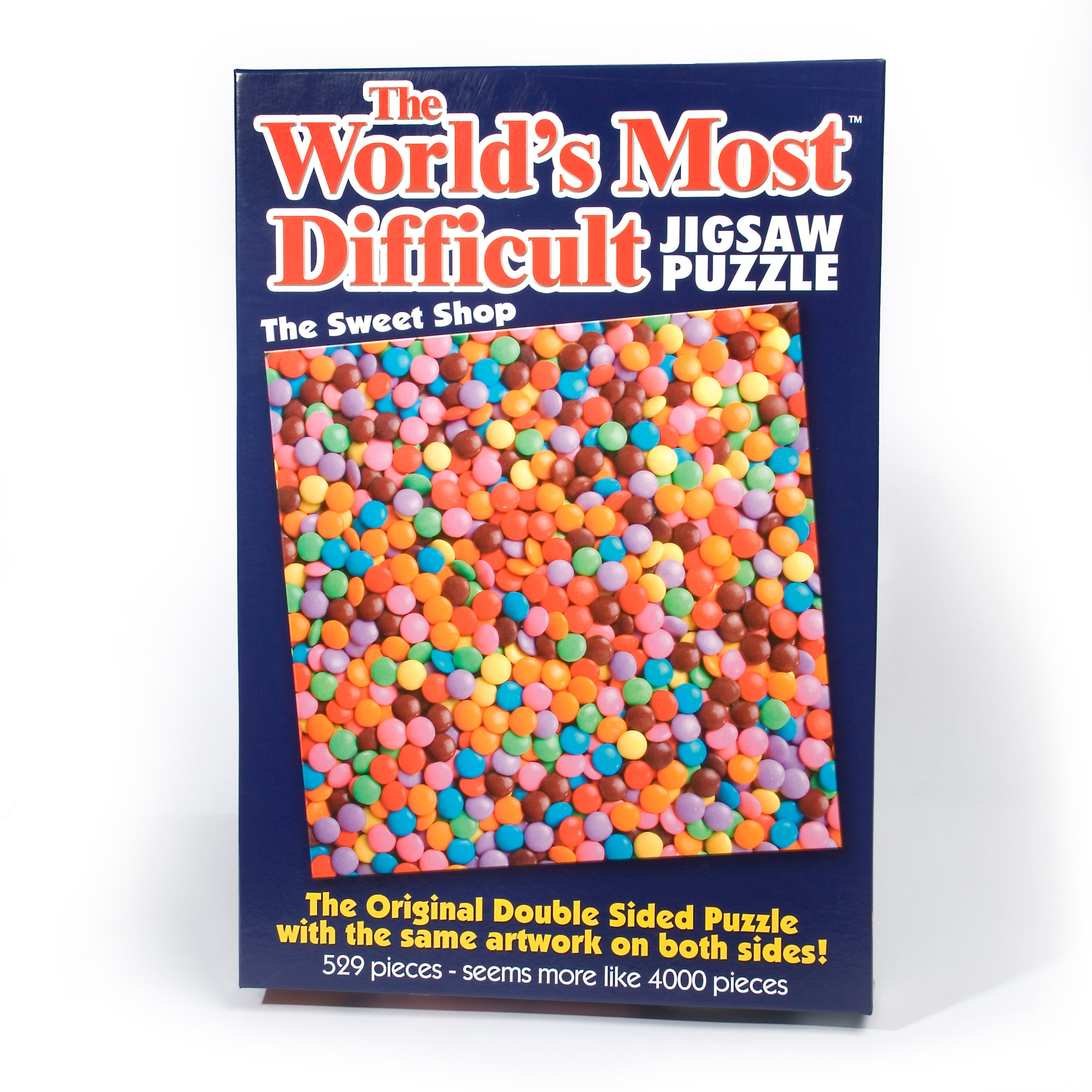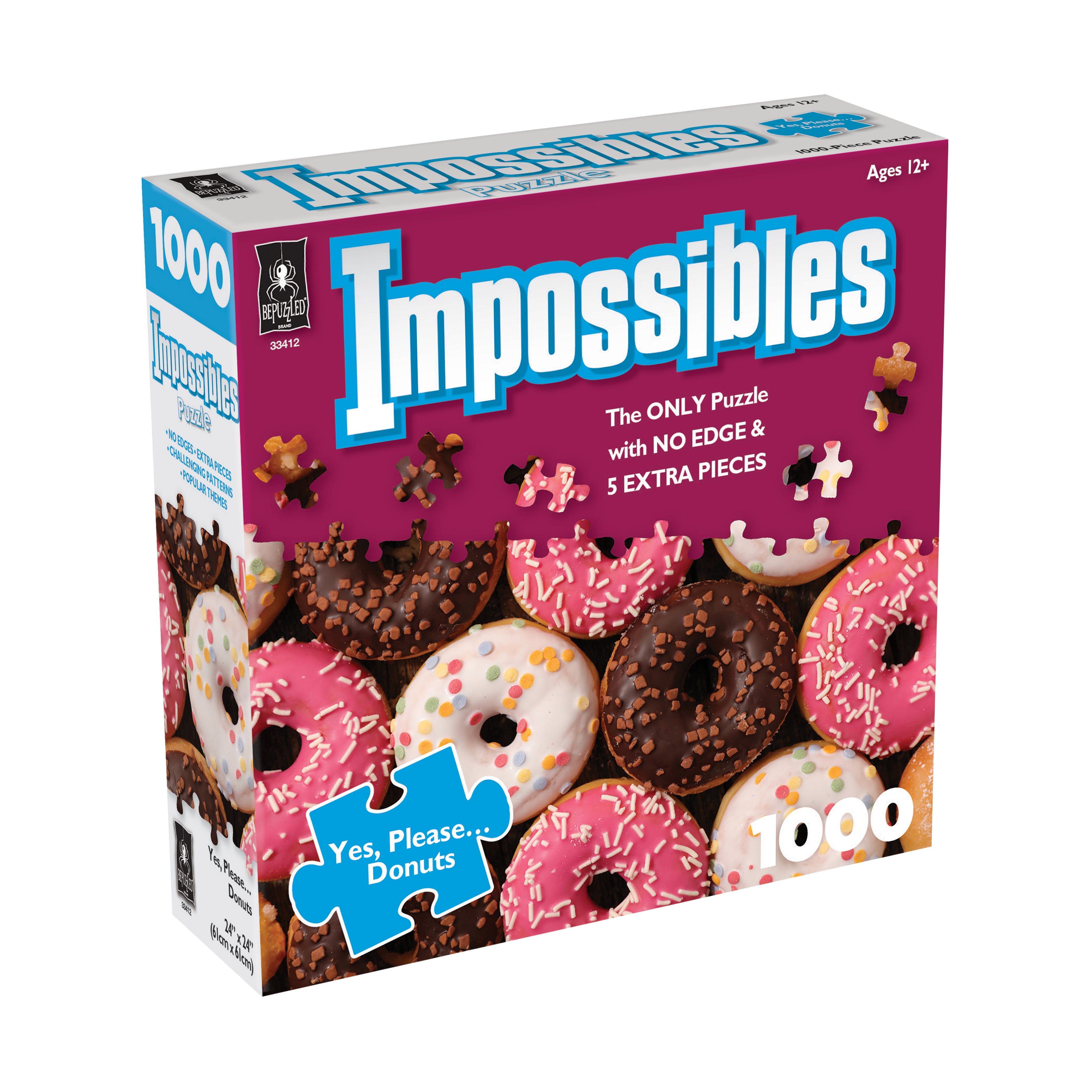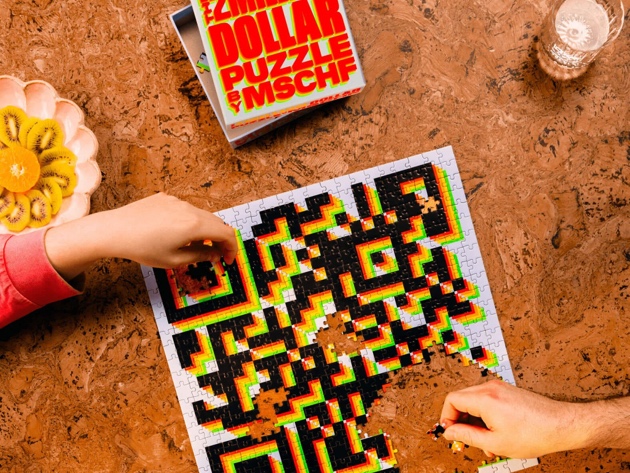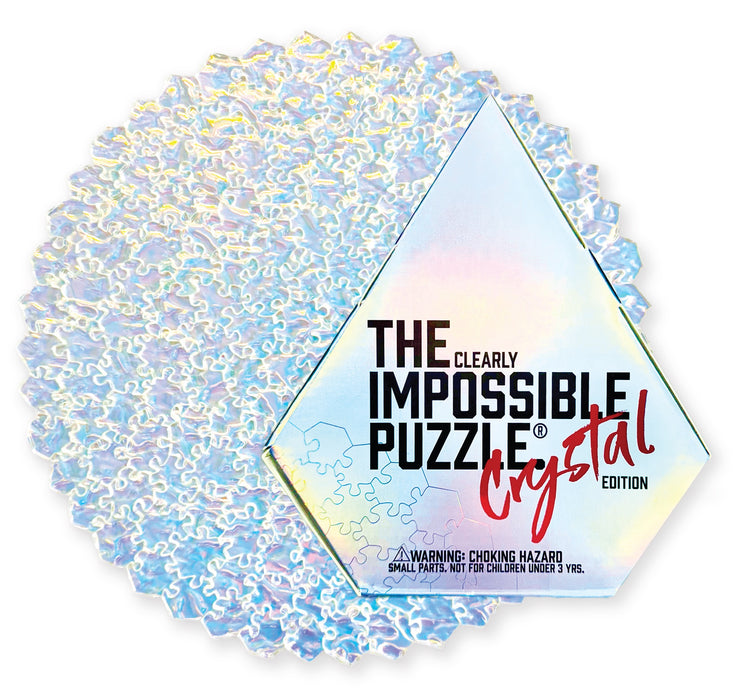Jigsaw puzzles have captivated enthusiasts for centuries, offering both relaxation and an intense mental workout.
While many people enjoy the satisfaction of completing a standard 500 or 1000-piece puzzle, others seek out extreme challenges that push the limits of patience and perseverance.
Here we explore some of the toughest brain teasers that will test even the most seasoned puzzle solvers.
What Makes a Jigsaw Challenging?
Before diving into the most difficult puzzles, it’s important to understand what makes a jigsaw puzzle truly challenging. Several factors contribute to difficulty:
- Piece Count: The more pieces a puzzle has, the harder it is to complete. Some puzzles contain tens of thousands of pieces!
- Color and Pattern Complexity: Monochromatic or repetitive patterns make it difficult to distinguish between pieces.
- Puzzle Shape: Traditional grid-cut puzzles are easier than irregular or uniquely shaped pieces.
- Double-Sided or 3D Designs: Puzzles with an image on both sides or those that take on a three-dimensional form add an extra layer of complexity.
- Lack of Guide or Reference Image: Some puzzles provide minimal clues, making it harder to visualize the completed image.
- Piece Similarity: Some extreme puzzles contain pieces that are nearly identical in shape and size, increasing the difficulty exponentially.
Now, let’s explore some of the most challenging puzzles ever created.
1. Krypt by Ravensburger
One of the most infamous difficult puzzles, Ravensburger’s Krypt series features a single color with a swirling or uniform pattern.
With pieces cut in unusual shapes, there are no color cues to help with placement. The lack of a clear visual guide makes these puzzles incredibly demanding. Variations of the Krypt series come in different colors, such as silver or gold, adding an extra visual challenge.
2. The 54,000-Piece Puzzle by Grafika
For those who want the ultimate test, Grafika has released probably the largest commercially available jigsaw puzzle in the world: “Travel Around Art,” a massive 54,000-piece puzzle. Featuring artwork from famous paintings and landmarks, this puzzle is a monumental challenge that requires patience, dedication, and ample space to assemble. Prior to this, Kodak’s 51,300-piece puzzle held the title for the world’s largest commercially available jigsaw puzzle, but it was surpassed within months by Grafika’s even more ambitious creation.
3. Gradient Puzzles by Clemens Habicht
These color gradient puzzles offer an entirely different kind of difficulty. Instead of a distinct image, the puzzle requires solvers to differentiate between gradual shifts in color, testing the human eye’s ability to detect subtle variations in hue. These puzzles are particularly difficult because there are no defined edges or images to work from—just a continuous spectrum of colors blending into each other.
4. Double-Sided Puzzles
Some puzzles, such as the infamous “Double-Sided Mona Lisa” puzzle, feature different images on both sides, with no clear indication of which side is which. This means every piece could belong to either image, doubling the difficulty.
Some double-sided puzzles even feature the same image but rotated 90 degrees, making placement even trickier.
5. Impossibles Puzzle Series
The “Impossibles Puzzle” series by Bepuzzled takes traditional jigsaw challenges to the next level with unique twists. These borderless 1000-piece puzzles have no straight edges, making them especially difficult to piece together.
Additionally, each puzzle includes five extra pieces that don’t fit anywhere, further increasing the complexity.
One example with particular notoriety in online puzzle communities is the “Impossibles Puzzle – Yes, Please… Donuts.”
7. The Million Dollar Puzzle & Two Million Dollar Puzzle by MSCHF
MSCHF, known for their unconventional and viral products, created “The Million Dollar Puzzle”—a jigsaw where every completed puzzle revealed a QR code that awarded a prize ranging from a few cents to a grand prize of $1,000,000.
A couple of years later, they doubled down on the concept with “The Two Million Dollar Puzzle,” offering players another chance to win big.
While the puzzles themselves weren’t the hardest in terms of design, the sheer excitement of potentially winning life-changing money added an entirely new kind of challenge and motivation for solvers.
8. The Clearly Impossible Puzzle
For those looking for a puzzle that redefines difficulty, The Clearly Impossible Puzzle series delivers a deceptively simple yet truly mind-bending experience.
Unlike traditional puzzles that rely on colors, patterns, and imagery for guidance, these puzzles are made entirely of clear acrylic pieces, removing the usual visual cues and forcing solvers to depend solely on shape and fit.
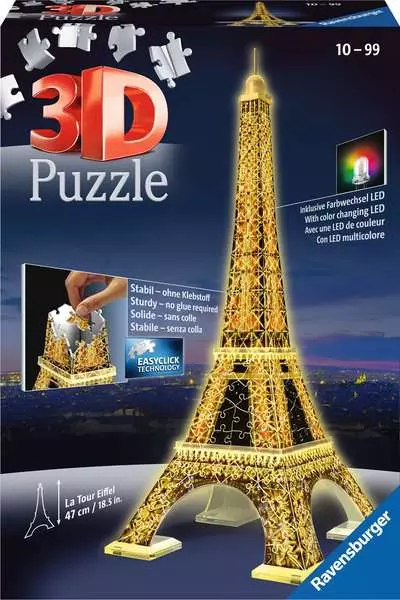
6. 3D Puzzles and Puzzle Spheres
For an added challenge, 3D puzzles such as globe-shaped jigsaws or architectural models require spatial reasoning and an understanding of three-dimensional structures.
Unlike flat puzzles, solvers must work with curved surfaces and multi-angle connections. Some 3D puzzles recreate famous buildings such as the Eiffel Tower or the Taj Mahal, adding an extra level of complexity due to structural integrity considerations.
Tips for Tackling Challenging Puzzles
If you’re ready to take on one of these extreme jigsaw puzzles, here are a few tips to keep you from getting overwhelmed:
- Sort Pieces Strategically: Organize by shape, edge pieces, and any distinguishable patterns.
- Use Reference Guides: If available, keep a copy of the puzzle’s completed image nearby.
- Work in Sections: Focus on small areas at a time rather than trying to solve the entire puzzle at once.
- Take Breaks: Avoid frustration by stepping away when needed and coming back with fresh eyes.
- Use Good Lighting: Proper lighting can help distinguish subtle color variations and make assembly easier.
- Stay Organized: Keep pieces sorted into trays or containers to prevent losing them, especially for high-piece-count puzzles.
- Patience is Key: The most difficult puzzles can take weeks or months to complete, so take your time and enjoy the process.
Conclusion
Challenging jigsaw puzzles offer a rewarding experience for those who enjoy pushing their problem-solving skills to the limit.
Whether you’re tackling a massive piece count, an abstract color gradient, or a 3D puzzle, these extreme puzzles provide an unforgettable challenge.
Completing one of these puzzles is an achievement in itself and a testament to patience and perseverance.





